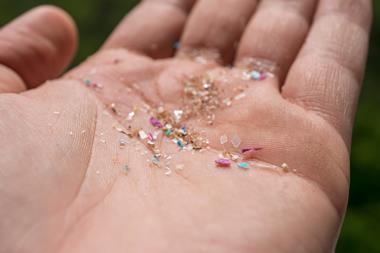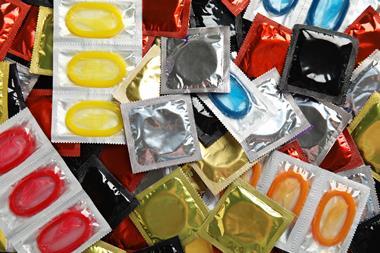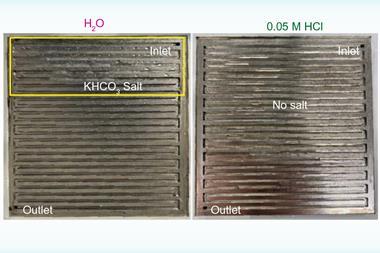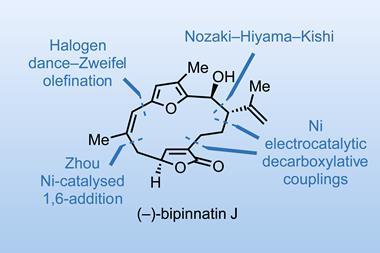Our planet and everyone on it has an intimate connection with water. Life on Earth began in water and liquid H2O is generally considered a sine qua non for its possible existence anywhere else. All of the reactions in living things have water somewhere in the equation; it’s the very solvent of life in which all of our biochemistry bathes. And among all those lives teeming and swimming in our wet blue planet, it’s the chemists who know water better than anyone.

You’d be hard pressed to find something that captures chemistry more completely than a drop of water. Bonding, molecular structure, intermolecular forces, density, states of matter, equilibria, solvation, separation, miscibility, pH, reflection and refraction are contained therein and despite centuries of study its still holds mysteries for us. Are there two phases of water, for example, or can its microdroplets spontaneously form hydrogen peroxide? And what’s going on when it solvates biomolecules and mediates reactions in cells?
Water fascinates us at the molecular scale, but at the macroscale it unites us. Its centrality for all life puts it at the nexus of science and society, where chemists are directly addressing societal issues such as access to water and water quality that are growing public concerns. In this special issue, we’re looking at the world of water – and how chemistry is changing the way it uses water as it also keeps the taps on for the rest of the world.
Water use is one of the principal ways labs can improve their sustainability immediately
In our January issue, chief science advisor for the department of energy security and net zero Paul Monks discussed how the journey to net zero means we must navigate a complex system of interdependent and competing demands for energy and materials. Water is a prime example of that systems problem. It’s a solvent, a coolant, a reagent, a medium, a fuel and much more besides. Water is needed in our homes, in farming, in industry, in energy production, commerce, leisure and tourism, there is hardly a sector that doesn’t rely on it in some form. And demand for water will only increase as hydrogen becomes a key resource for decarbonising economies. Managing and maintaining that resource is therefore vital.
The chemical industry uses huge quantities of water and as our feature on this topic explores, reducing water use and being more efficient with water are priorities for industries from mining to manufacture. Water use is one of the principal ways labs can improve their sustainability immediately. Water also has green chemistry credentials as an environmentally benign alternative to organic solvents, although that’s a less sustainable proposition if the wastewater then has to be cleaned and recycled so smart chemistry is needed here too.
We also look at the how the seas and oceans that cover the planet are changing, and particularly in response to the increasing concentration of carbon dioxide in our atmosphere. Oceans currently act as a buffer solution and a heat sink, mitigating some of the worst impacts of increased carbon dioxide, but they are now reaching the limits of their capacity. We explore how ocean monitoring is giving warning signs of greater changes to come, but also a window in which to act. Companies are already working on technologies to extract carbon dioxide directly from seawater, for example.
Our final article in this special collection looks at the ways chemists are making a difference to their local communities all around the world. These chemists are improving people’s lives by improving water quality and access to clean drinking water. All parts of the world face this problem is some form, whether it’s PFAS pollution, heavy metal contamination or microplastics, and as our feature shows, chemists are working to solve those problems wherever they are.

















No comments yet